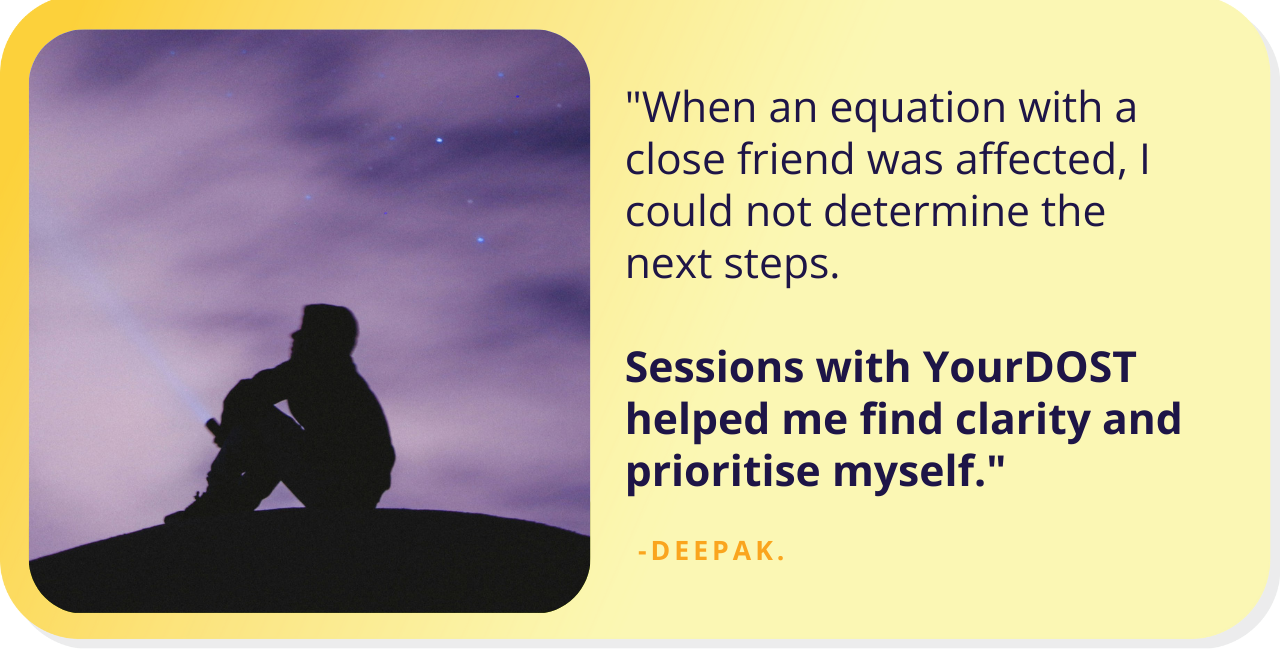Domestic Violence – A Cruel Reality Of Modern India
Let’s first understand the phrase “domestic violence.” Let’s consider them as two separate words. “Domestic” means “within the realm or the household territory” and “violence” means “using physical force to hurt and to cause damage”. Therefore, as a phrase “domestic violence” is a “pattern of coercive and assaultive behaviours that include physical, sexual, verbal, and psychological attacks and economic coercion that adults or adolescents use against their intimate partner”.
Domestic violence is not typically a singular event and is not limited to only physical aggression. Rather, it is the pervasive and methodical use of threats, intimidation, manipulation, and physical violence by someone who seeks power and control over their intimate partner.
Domestic violence against women:
On papers, it is said that the position of women holds the society’s index of cultural and spiritual attainment. But we all know that women struggle to pursue respectable careers and work to come at par to their male counterparts. Domestic violence happens in rural areas, towns, cities and in metropolitans as well. Irrespective of social classes, genders, racial aspects and age groups we find domestic violence happening in Indian households.
According to ‘United Nation Population Fund Report’, around two-third of married Indian women are victims of Domestic Violence attacks and as many as 70% of married women in India between the age of 15 and 49 are victims of beating, rape or forced sex. In India, more than 55 percent of the women suffer from Domestic Violence, especially in the states of Bihar, U.P., M.P. and other northern states.
Justices Dipak Misra and Shiva Kriti Singh sentenced a man to five years in jail for torturing his pregnant wife who ultimately committed suicide. They claimed that “This resembles the tale of so many similar young ladies who end their life due to untold miseries and hardships faced by them within the confines of the four walls of their matrimonial home.”
According to Unicef‘s Global Report Card on Adolescents 2012, 57% of boys and 53% of girls in India think a husband is justified in hitting or beating his wife. The dowry system, horror killing, and patriarchal norms against women have resulted in extreme and numerous cases of domestic violence.
Domestic violence against men:
The violence against women have been prominent in India but domestic violence against men is also gaining momentum. The patriarchal system disguises men to not be vulnerable to domestic violence.
Rukma Chary, the General Secretary of Save Indian Family Foundation claims,
“Domestic violence against men in India is not recognised by the law. The general perception is that men cannot be victims of violence. This helps women get away scot-free”
The men face domestic violence from the other men of their household. They face emotional trauma but fear coming out of the closet of the violence.
In 2004, the National Family Health Survey (NFHS) has found that about 1.8% or an estimated 60 lakh women have perpetrated physical violence against husbands without any provocation.
The strange fact about the survey is that men were not asked if they are victims of domestic violence. Owing to the social taboo that “Mard ko dard nahi hota” men are victimised but continue to hide their scars and fears even today.
Domestic violence against children:
According to UNICEF, every year, as many as 275 million children worldwide are caught in the crossfire of domestic violence and suffer the full consequences of a turbulent home life. Violence against children involves physical and psychological abuse and injury, neglect or negligent treatment, exploitation and sexual abuse. The perpetrators may include parents and other close family members.
Child abuse in India is a hidden phenomenon especially when it happens at home by the family members. There is greater emphasis on the public domains such as child labour, prostitution, marriage etc but intra-family or domestic violence is silenced or given minimal attention.
India does not have a law that protects children against domestic violence.
Domestic Violence against children can be described as when an adult family member misuses power to maintain control. The violence can be physical abuse, sexual assault and threats. Sometimes it is more subtle like making the children feel worthless, curtailing their freedom by locking them at home or making them work without giving any money. Social isolation and emotional abuse can have a similar impact as physical violence.
Domestic Violence is not just hitting or fighting over things always. It is an abuse of power. The abuser tortures either/both physically or/and emotionally to maintain control. Although both girls and boys can be abused, usually the percentage of girl victims are higher.

The study report of 2007 by The Ministry of women and Child Development (MWCD) examined two forms of emotional abuse: humiliation and comparison. Half of these children reported facing emotional abuse with 83% of abuse being conducted by parents. 70.57% girl children are reported to be neglected by their family members. They are considered inferior when compared to their brothers. On factors like food, attention and care, boys are given more importance and it is a compulsion that only girl children would help out in household chores.
48.4% of girls wished they were boys while 27.33% of them reported to get less food than their brothers. Half of these children have reported to have been physically or sexually abused.
Children need and have a right to safety, security and nurturing family environment to support their healthy development. When the family environment is not safe and nurturing is not secure it makes children less resilient. According to reports, Domestic Violence can create a vicious cycle as abused children are more likely to become abusive when they are parents themselves.
The varying causes and consequences of domestic violence need to be carefully analysed. People need to report such cases and the government authorities need to be stringent while handling such cases. If all these factors can be controlled then more than one form of violence can be prevented from harming individuals. In order to maintain the safety and security of the country, we need to control domestic violence.





